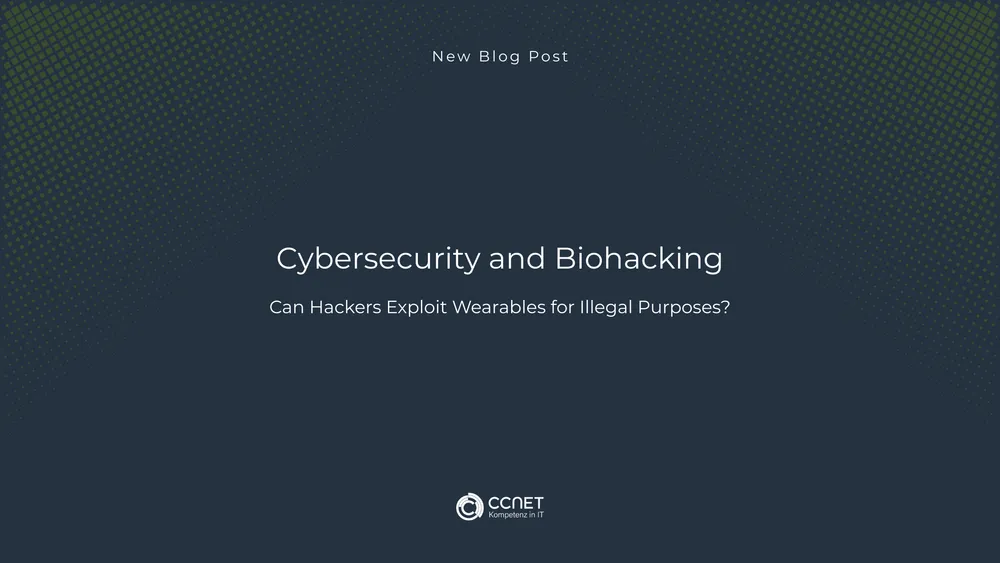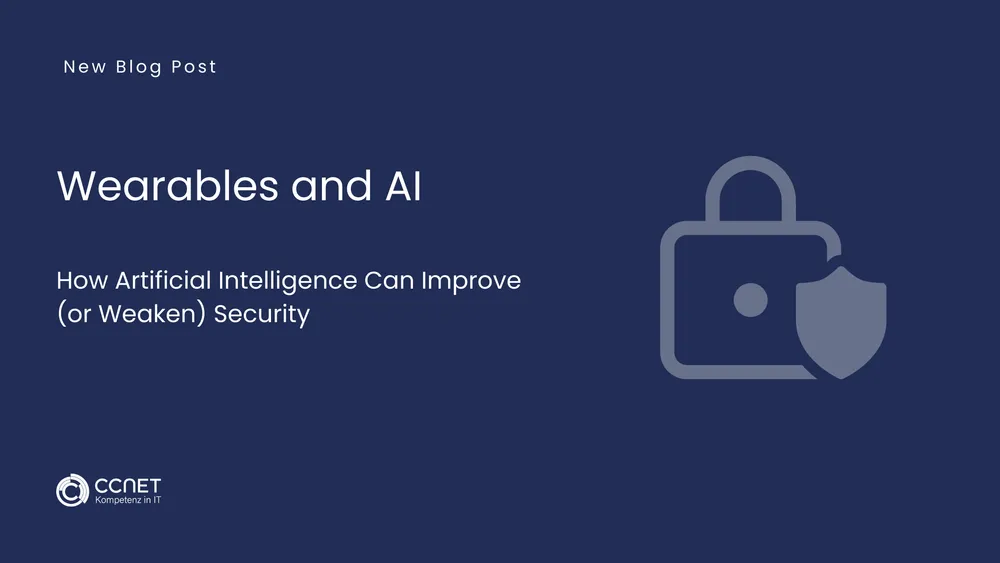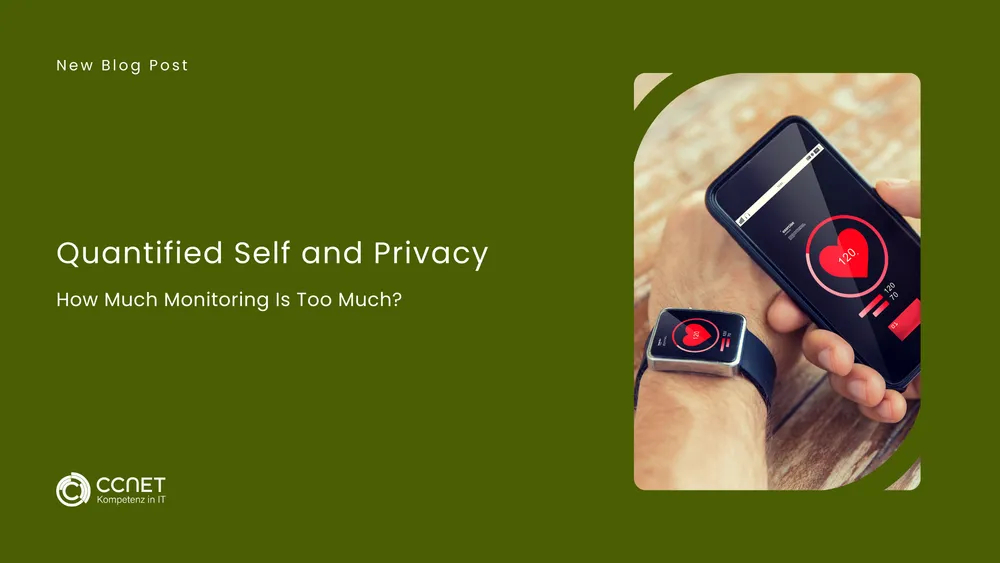
CCNet
Jul 23, 2025 • 2 min read

Fake Data and Manipulation: What happens when Health metric are falsified?
Wearables are designed to reliably collect and analyze health data. But what happens when this data is manipulated? Cybercriminals could use fake health metrics to deceive patients, cause medical misdiagnoses, or even commit insurance fraud. This article explores the risks of forged health data and how both users and manufacturers can protect themselves.
1. Why Is the Manipulation of Health Data Dangerous?
The accuracy of health data is essential for medical decisions. If these values are altered, the consequences can be severe:
- Misdiagnoses and incorrect treatments: Doctors rely on digital health data for diagnoses. Fake values could lead to unnecessary or harmful treatments.
- Manipulated insurance claims: Criminals could use falsified health data to fraudulently claim benefits from insurers.
- Targeted sabotage and reputational damage: Companies or individuals could be discredited through manipulated health metrics.
- Corruption of research and studies: Scientific studies based on falsified wearable data may yield inaccurate results and hinder medical advancement.
2. How Can Attackers Forge Health Data?
There are several methods by which cybercriminals or unauthorized third parties can manipulate data collected by wearables:
a) Man-in-the-Middle Attacks on Data Transmission
Attackers intercept data between a wearable and smartphone, altering health metrics in real time.
Unencrypted or poorly secured Bluetooth and Wi-Fi connections are particularly vulnerable.
b) Malware and Malicious Apps
Malware on smartphones or wearables can manipulate collected values.
Third-party apps with insecure interfaces can serve as entry points for attacks.
c) Firmware Manipulation
Exploiting firmware vulnerabilities, attackers can modify devices and falsify data.
Fake software updates can introduce harmful modifications.
3. Protective Measures Against Forged Health Data
For Users:
- Verify data sources: Always validate health metrics using other devices or medical tests.
- Use only trusted apps: Avoid third-party apps that are not officially verified.
- Install regular updates: Keep firmware and apps up to date to close vulnerabilities.
- Avoid public Wi-Fi: Synchronize devices only on secure networks.
For Developers:
- Implement end-to-end encryption to protect data in transit.
- Sign firmware updates to prevent unauthorized changes.
- Audit APIs and app interfaces for injection and spoofing risks.
- Anonymize and validate data to minimize the impact of forged metrics.
4. Conclusion: Digital Health Needs Integrity
Forged health data is not only a technical issue—it’s a threat to trust, safety, and medical progress. Developers and users alike must ensure that the data from wearables is not only private, but also reliable. Only with secure systems and informed users can digital health fulfill its promise.


